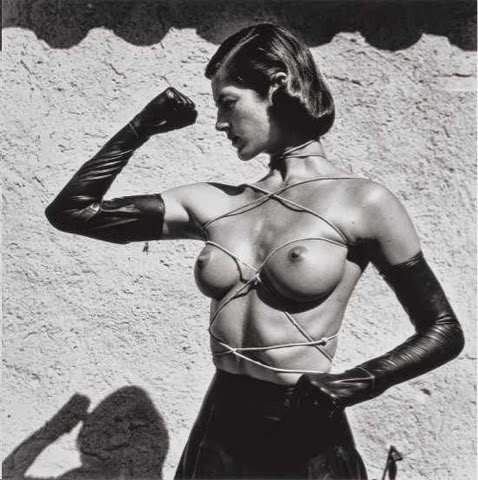Thursday, 19 November 2015
Experimenting with van dyke brown prints
Context on David Bailey
Review of final David Bailey shoot.
Wednesday, 18 November 2015
Plan of final David Bailey shoot
Monday, 16 November 2015
Context
Corrinne Day
Thursday, 5 November 2015
Careers
Review of test shoot
Plan of David Bailey test shoot
Thursday, 8 October 2015
Plan of test shoot
View cameras
Monday, 28 September 2015
Context on the Bechers
Thursday, 24 September 2015
Gibbs Reflection on final shoot
Takuma Nakahira: secondary research
Wednesday, 23 September 2015
Frank Gohlke: primary research
Frank Gohlke: secondary research
— Frank Gohlke, 1979
Monday, 21 September 2015
Plan of final shoot
Plan of random landscape shoot
Sunday, 20 September 2015
Frank Gohlke
New topography
Reflection on land scape shoot
Thursday, 17 September 2015
Ethics
Monday, 14 September 2015
Takuma Nakahira
Thursday, 10 September 2015
Fashion photography job research
Student Selection Criteria
What We Look For
The course team seeks to recruit students who can demonstrate:
- An ability to communicate ideas visually
- a commitment to and knowledge of critical debate around the body and its representation
- An ability to cope with the academic demands of the course
- A commitment to self-motivated study
- An interest in the fashion imaging industry
- A portfolio showcasing photographic imagery indicating an appreciation of contemporary fashion image making'
Friday, 22 May 2015
Evaluation of FMP
Evaluation of Final Images
Thursday, 21 May 2015
Helmut Newton: Secondary research
Helmut Newton: Primary research
Terry Richardson: Primary Research
Tuesday, 19 May 2015
Secondary Research: Terry Richardson
Monday, 18 May 2015
David Hockney primary research
David Hockney Primary Research
To do this type of research I am limited in what I can do. What I decided to do was draft a short survey, in which I would ask people what they thought about Hockney's work. Something I found with his work, when asking friends, is that most people are familiar with Hockney himself, but wasn't very familiar with his work. I asked 'what are your views on Hockney's work?' And I'd often be forced to show them his work because they didn't know his work but knew him. A commen response was simular to mine, in that they didn't quite understand the point of distorting the model. One person raised the point that he is trying to incorporate the idea of three dimensions in a medium that mainly consists of two dimensional work. This person also recognised that Hockney is clearly using Picaso for his inspiration
David Hockney
My initial reaction is to question the purpose of this photo and others like it, for i do not quite understand what these images are trying to say to its audience, what this image does is create a strange distortion in her face, which has quite a freaky effect. His work was clearly inspired by the art movement 'cubism', a movement created by Pablo Picaso, it's purpose was to create a new and different perspective on modern art, something that Hockney has defiantly done. In cubism artwork, objects are analysed, broken up and reassembled in an abstract way, instead of depicting the image from one viewpoint, the artist depicts the subject from many to represent the subject in a greater context.However, I don't feel that Hockney's work is less randomly placed than Picaso's, it feels a little more organised and therefore the image is clearer.


















































